Personal Protective Equipment (PPE)
৳ 1,200
Material: PP spun bonded non woven fabrics
Color: White
Gsm: 80
Quality: More Durable; Eco friendly; Bio hazard & contamination protected
Washable:yes
- Description
- Reviews (0)
Description
Material: PP spun bonded non woven fabrics
Color: White
Gsm: 80
Quality: More Durable; Eco friendly; Bio hazard & contamination protected
Washable:yes
Personal Protective Equipment (PPE) refers to protective clothing, helmets, gloves, face shields, goggles, facemasks and/or respirators or other equipment designed to protect the wearer from injury or the spread of infection or illness.
Personal Protective Equipment (PPE) is commonly used in health care settings such as hospitals, doctor’s offices and clinical labs. When used properly, PPE acts as a barrier between infectious materials such as viral and bacterial contaminants and your skin, mouth, nose, or eyes (mucous membranes). The barrier has the potential to block transmission of contaminants from blood, body fluids, or respiratory secretions. PPE may also protect patients who are at high risk for contracting infections through a surgical procedure or who have a medical condition, such as, an immunodeficiency, from being exposed to substances or potentially infectious material brought in by visitors and healthcare workers. When used properly and with other infection control practices such as hand-washing, using alcohol-based hand sanitizers, and covering coughs and sneezes, it minimizes the spread of infection from one person to another. Effective use of PPE includes properly removing and disposing of contaminated PPE to prevent exposing both the wearer and other people to infection.
When an infection outbreak affects a broad population in the United States, the Centers for Disease Control and Prevention (CDC), is responsible for making specific recommendations for infection control measures in different circumstances and settings. For example, the CDC has provided the following recommendations
When an infection outbreak affects a broad population in the United States, the Centers for Disease Control and Prevention (CDC), is responsible for making specific recommendations for infection control measures in different circumstances and settings. For example, the CDC has provided the following recommendations

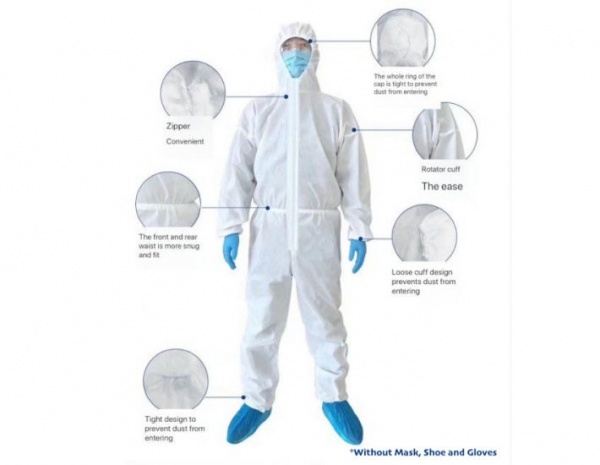
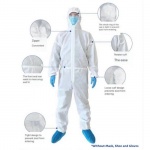
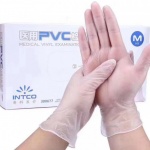
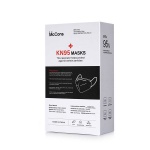
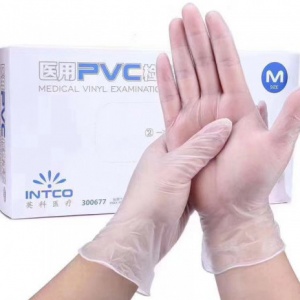
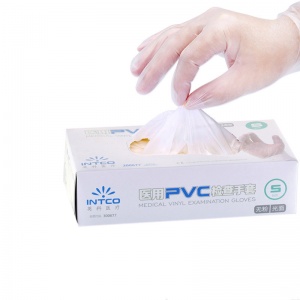
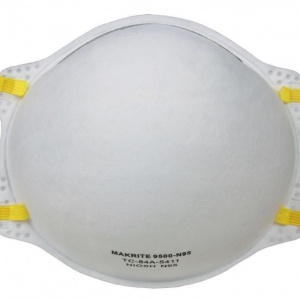
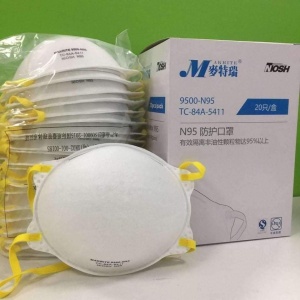





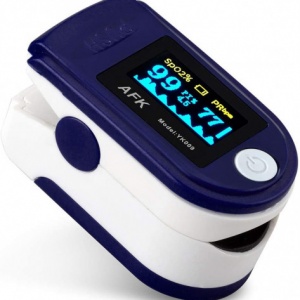
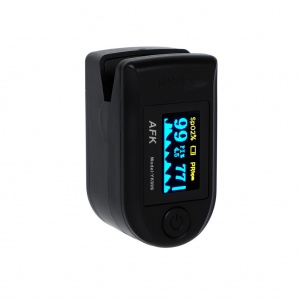
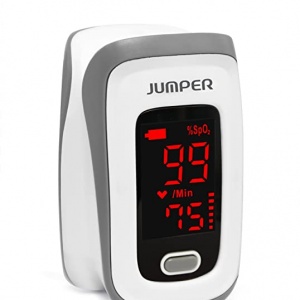
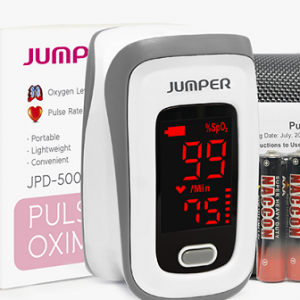

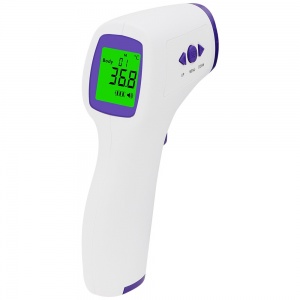
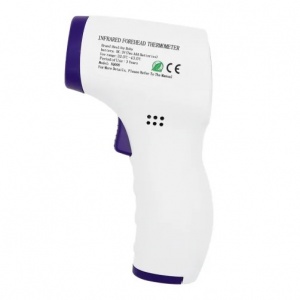

Reviews
There are no reviews yet.